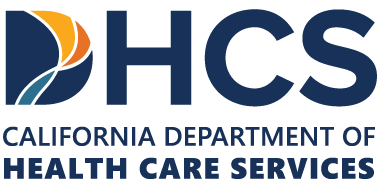Medication-Assisted Treatment, often referred to as MAT, is a crucial approach to tackling substance abuse and addiction in California. But what exactly is it? In this section, we’ll delve into the fundamentals of MAT, its goals, and how it differs from traditional addiction treatment methods.
The Stigma Surrounding Medication-Assisted Treatment in California
Despite its proven efficacy, MAT has faced considerable stigma in California and across the United States. Some misconceptions and negative perceptions have hindered its widespread adoption. In this section, we’ll explore the common misconceptions surrounding MAT and the impact of this stigma on individuals seeking help. Stigma often arises from misunderstandings about MAT. Some individuals believe that it merely substitutes one addiction for another, while others view it as a shortcut to recovery. These misconceptions can deter people from seeking the help they need and deserve. It’s crucial to address and dispel these myths to encourage more Californians to consider MAT as a viable treatment option. Medication-Assisted Treatment in California, in essence, combines the use of FDA-approved medications with counseling and behavioral therapies to address substance use disorders. It primarily focuses on opioid and alcohol addiction, helping individuals regain control over their lives while reducing the risk of relapse. MAT is supported by extensive research and has proven to be an effective tool in the fight against addiction.
The Importance of Medication-Assisted Treatment in California’s Opioid Crisis
California, like many other states, has been grappling with a growing opioid crisis. MAT plays a pivotal role in addressing this crisis by offering a harm reduction approach. This section will delve into the significance of MAT in the context of California’s opioid epidemic. The opioid crisis has taken a toll on countless Californian lives. MAT not only helps individuals overcome opioid addiction but also reduces the risk of overdose, providing a second chance at life. By exploring MAT’s impact on the opioid crisis, we can better understand its critical role in saving lives and improving communities across the state.
Advocating for Medication-Assisted Treatment in California and a Stigma-Free Future
In this final section, we’ll discuss the importance of advocacy and awareness in breaking down the stigma surrounding Medication-Assisted Treatment. By fostering understanding and promoting its benefits, we can pave the way for a brighter future in which more Californians can access the support they need without fear of judgment. Advocacy efforts, community education, and open conversations are essential steps towards dismantling the stigma surrounding MAT. It’s crucial for individuals, healthcare providers, policymakers, and communities to work together to ensure that MAT is not only widely accepted but also celebrated as a powerful tool in the fight against addiction. In conclusion, Medication-Assisted Treatment in California has the potential to transform lives and communities, but stigma can be a significant barrier. By understanding MAT, challenging misconceptions, recognizing its importance in addressing the opioid crisis, and advocating for change, we can break down the stigma and ensure that all Californians have access to effective, compassionate addiction treatment.




